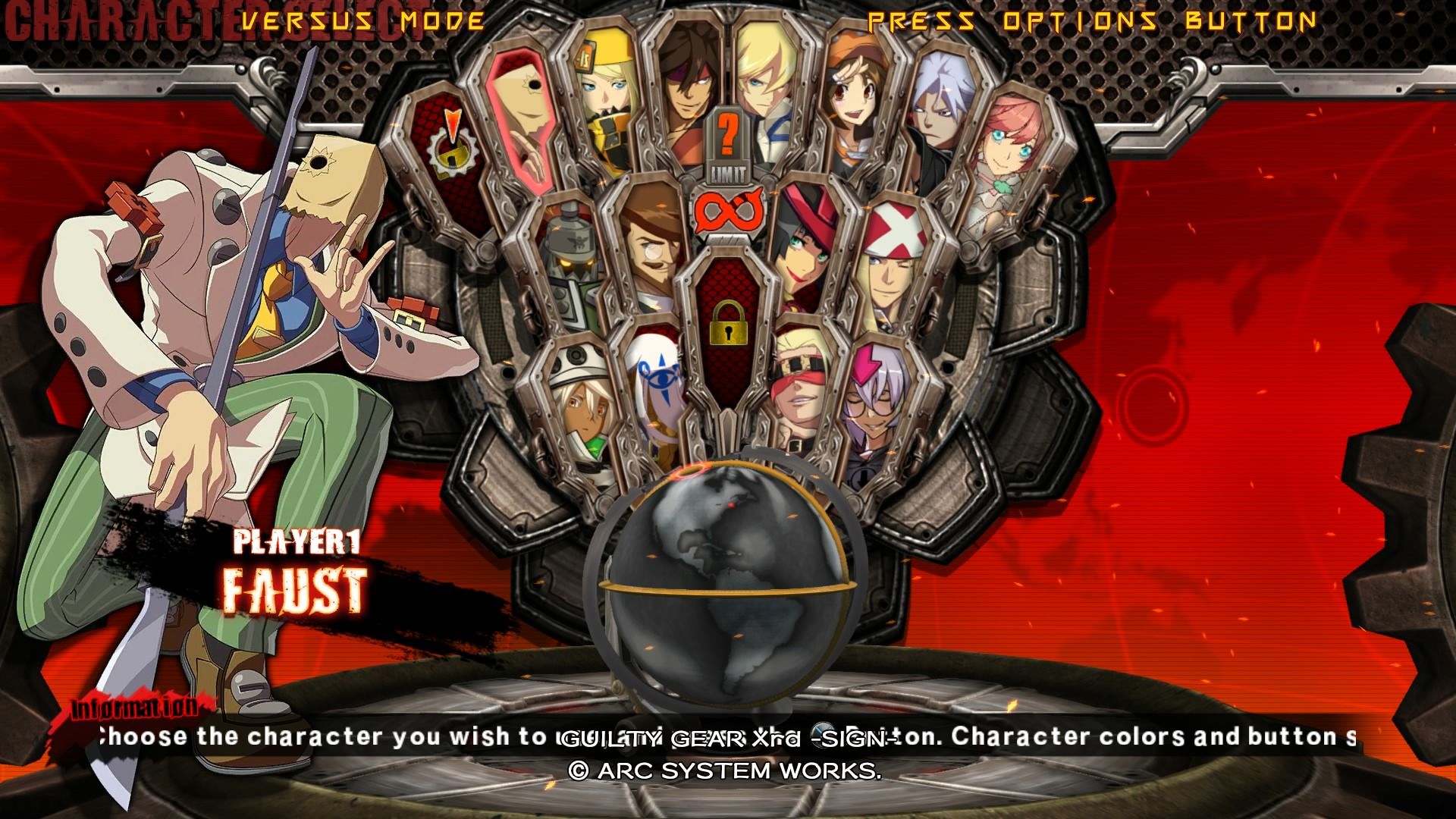I’ve been sinking a lot of time into Guilty Gear Xrd -SIGN- lately, and I’m floored by the advances that Arc System Works has made in bringing their groundbreaking fighter to the current generation. The combat feels spot on, the netcode is top-notch, and I didn’t even know it was possible to do some of the things they do with the Unreal Engine. With 3D models that are indistinguishable from hand-animated sprites, and remarkably that extends to the combat, which is as pixel-precise as any fighting aficionado could hope for. Even the likes of Capcom and Nintendo struggle to make their 3D fighters feel this fine-tuned. But while overall Xrd represents a great direction for the future of fighting games, one key part of it seems stuck in the past.
This seems like a kind of obvious thing to say, but fighting games are multiplayer games first and foremost. When I bring a new fighting game home, the first thing I’ll do with it is invite a friend over to play a few rounds. I’ve sunk upwards of a hundred hours into the BlazBlue series without finishing any one of the campaigns, and Persona 4 Arena Ultimax is one of my top games of the year despite the fact that I’ve never touched the story mode. Nothing in these games should get in the way of two buddies who want to beat the crap out of each other – least of all a single-player mode that they might never play. Few things are quite as obstructive as unlockable characters.
Characters represent the bulk of content in any given fighting game – they act as both player avatars and boss encounters, and in a good fighter each matchup is fundamentally different from the last. Judging fighting games by the same standards as most other genres, it makes sense to stagger this content and give players a sense of progression, but it fundamentally undermines what the genre is really all about. The fun in fighting games comes from experimenting with different characters against your friends – AI opponents can never really measure up to the fascinating psychological aspects of PVP – and a sense of progression grows out of that naturally as you learn matchups and get better with your preferred characters.
Just learning a given fighting game provides hundreds of hours of entertainment, and once you’ve achieved mastery the possibilities of the tournament scene are nearly endless. It’s flat-out disrespectful to waste players’ time in a mode totally unrelated to the game they want to play. Two of Arc System Works’ games over the past year have locked up characters in their story modes – GUILTY GEAR Xrd and BlazBlue Chronophantasma – and it makes both titles quantifiably worse. If you’re one of the seven Overture fans excited to play as Sin Kiske, then you’re going to be disappointed when you boot up the game and find him locked behind a 200,000 credit paywall in the gallery.
If you’re super stoked to try out Kagura in Chronophantasma, seeing him tied up at the end of the bloated story mode is incredibly disheartening. You can pay real money to unlock both of those characters instantly, but that doesn’t sit right – in days past a cheat code would have solved the problem for free.
Unlocking Success In Pancake Empire Tower Tycoon: Your Ultimate Guide To Codes
Mastering Upgrades In Elden Ring: Essential Materials And Strategies
Mastering Market Stalls In Manor Lords: A Comprehensive Guide


